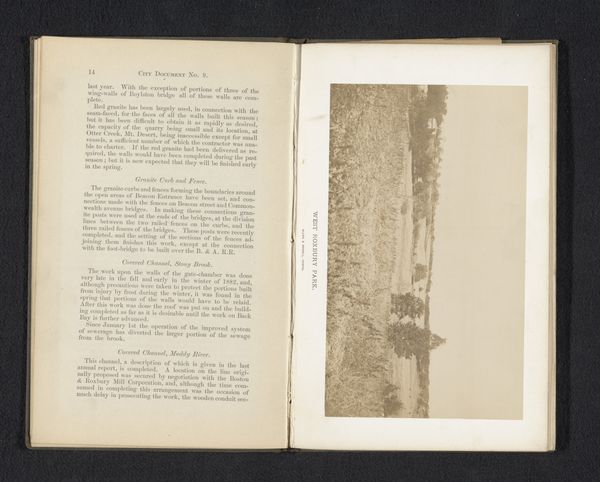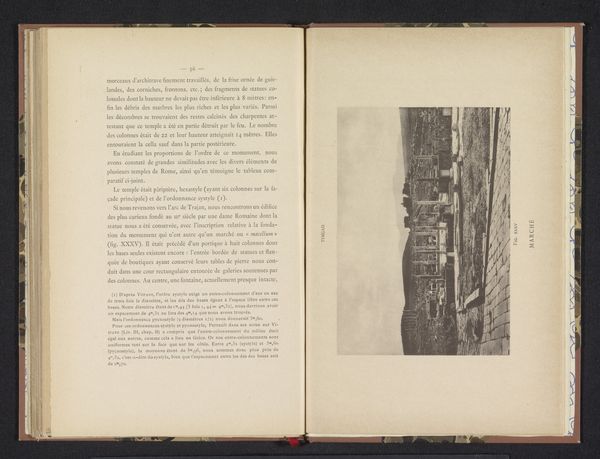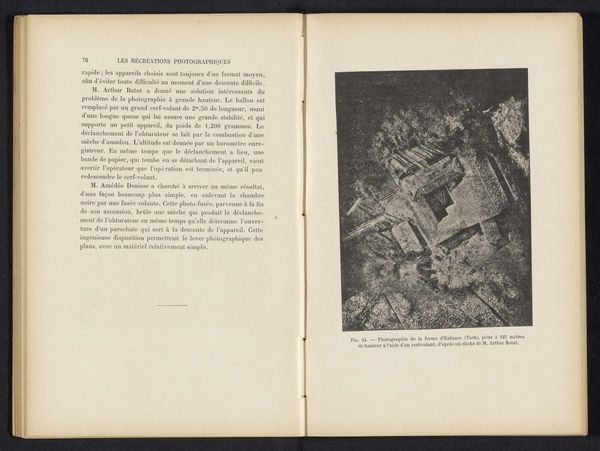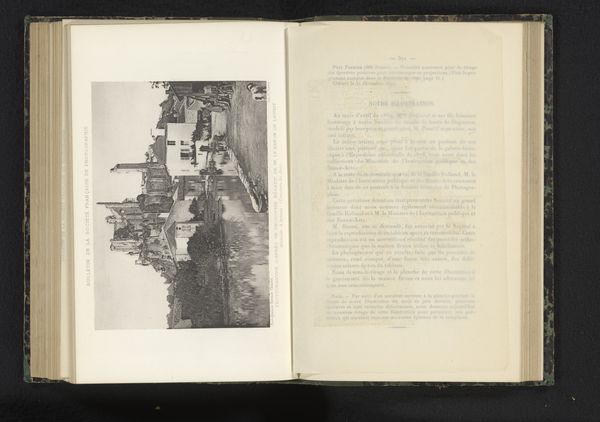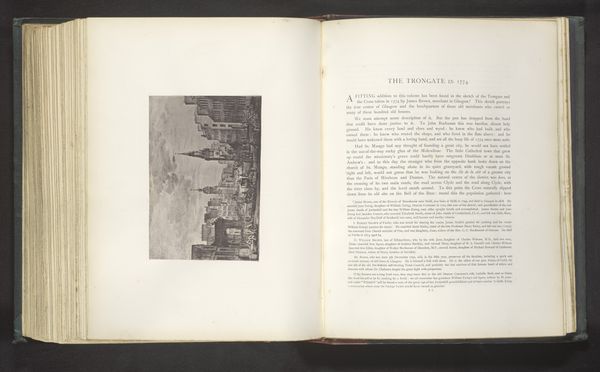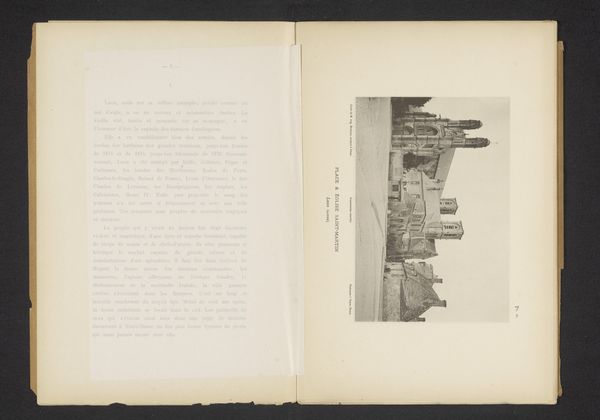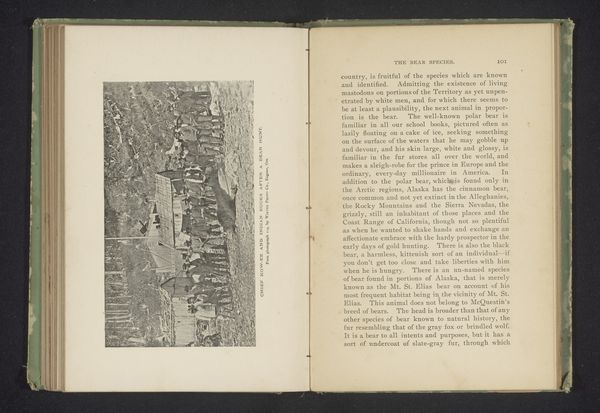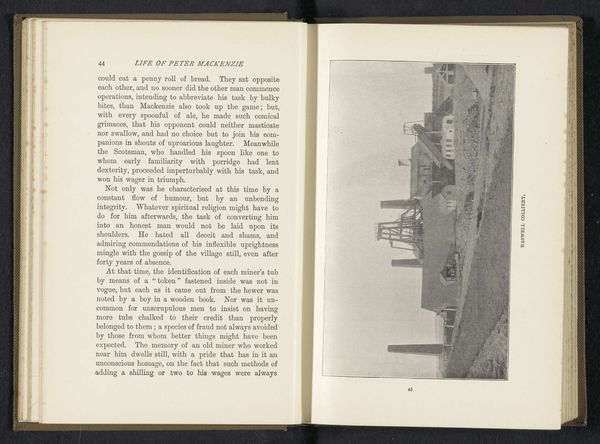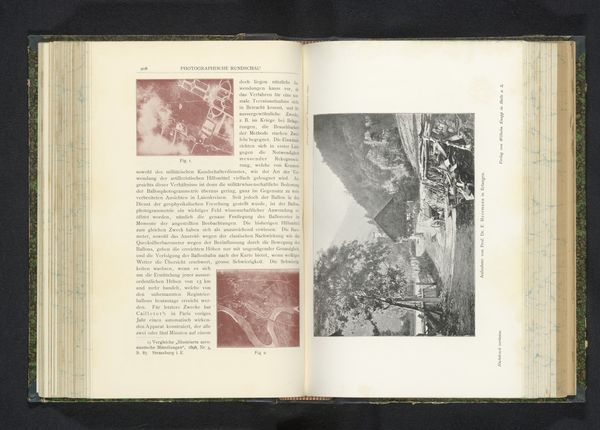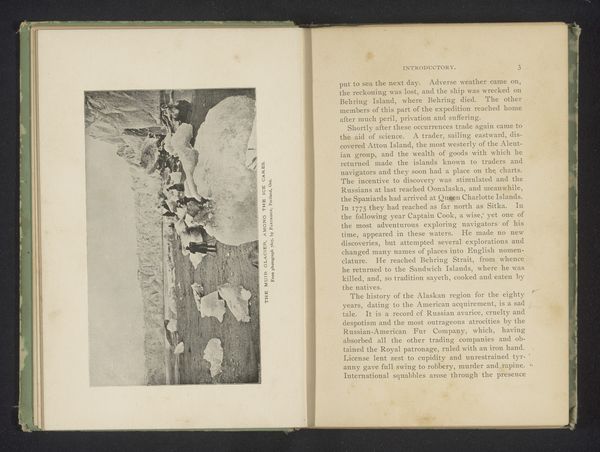
photography
#
landscape
#
photography
#
mountain
#
building
Dimensions: height 161 mm, width 218 mm
Copyright: Rijks Museum: Open Domain
Curator: Here we have John Karl Hillers’ “North Pueblo of Taas,” a print made before 1881. It depicts the Taos Pueblo in New Mexico, set against a mountainous backdrop. Editor: This photograph is really striking! The way the buildings seem to rise organically from the landscape... I’m curious about the photographer’s process. What aspects of its materiality and the context of its making do you find particularly interesting? Curator: For me, it is a document of resourcefulness and labor. Hillers used a wet plate collodion process; that’s evident from the image’s tonality. He hauled a darkroom tent, chemicals, and glass plates to this remote location to process his images in situ. It speaks volumes about the intense labor involved in capturing this image, a process intrinsically tied to the environment being depicted. Consider also how this image might have been used – by the Bureau of Ethnology, as documentation of indigenous settlements, fueling expansion. Editor: So, the image isn't just a representation, but also an artifact of labor and a potential tool for social change? The materials and methods directly shaped how it could be used, right? Curator: Exactly! How the very materials shaped its destiny, if you will. Moreover, the image itself likely spurred demand for similar images, initiating photography as commerce. It prompts consideration of photography as a process deeply intertwined with colonialism and consumption, and how even landscapes are never *just* landscapes; but sites of resource extraction. Editor: That's given me a lot to think about, particularly about how material constraints and access to technology influence the perception and circulation of art. Curator: Yes, it's crucial to analyze art in terms of labor, materiality, and its role in shaping and reflecting social dynamics.
Comments
No comments
Be the first to comment and join the conversation on the ultimate creative platform.

